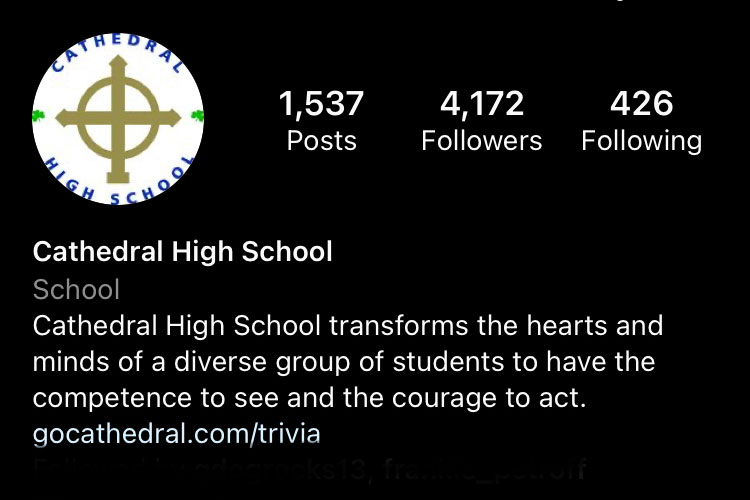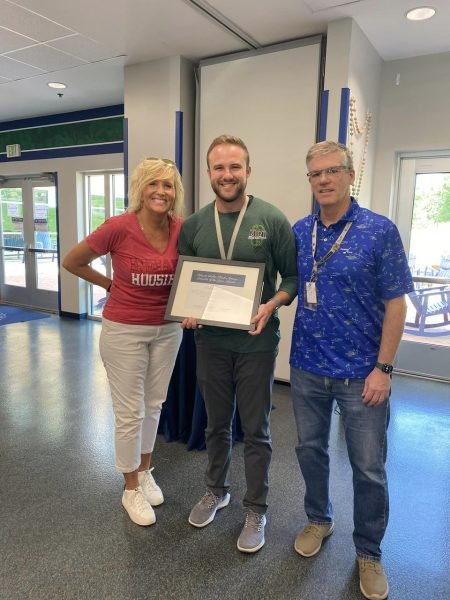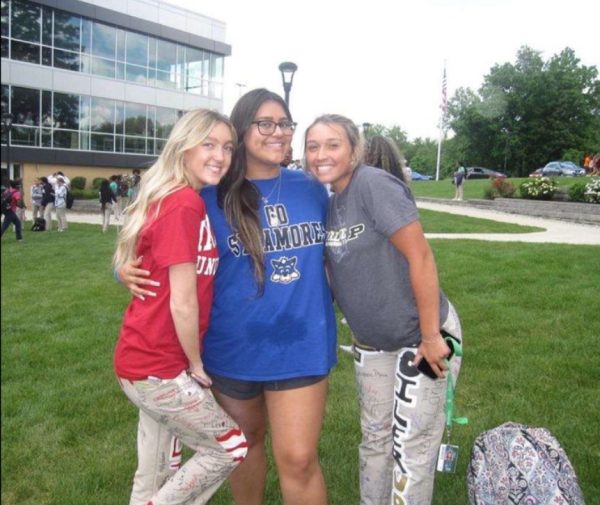This year, Covid also affected school’s social media
Five different platforms used to share campus news
In recent years, social media has become widely used as a source of advertising in the digitized modern world, and Covid-19 has only increased its usage.
Multimedia specialist Mr. Tyler McClure ‘08 said, “Social media was definitely a primary tool to reach people with everybody being online. In some ways, it was our only way to communicate.”
Even after the school begins to gradually resume more in-person events, social media continues to garner an influx of interaction between the school and alumni, current students and prospective families. The school has five social media platforms: Facebook, Twitter, Instagram, Snapchat and TikTok. “We’re not very active on our Snapchat or TikTok accounts right now. We don’t quite know what content to put on there to make it not be a worthless thing that (students) just scroll through,” McClure said. Although these two accounts are not used frequently, McClure added, “Any ideas would be appreciated.”
With five separate social media platforms comes five differing target groups. McClure said, “You definitely have messages that are for the different audiences. Some things we say (current students) would really enjoy, but a 1976 grad may not, and conversely. With our alumni, Facebook generates the most interaction for sure. But our Instagram is quickly growing with the younger alumni and current and prospective students. We’ll put more of the alumni stuff on Facebook and then more current student and young alumni content on Instagram where they’ll be more likely to see it.”
McClure said that due to the various audiences, being a multimedia specialist involves a two-step process. He said, “First you create the content, and then you have to decide which platform to put the content on in order for it to be most effective.”
In addition to the two-step process in creating and posting content on social media, there is a dual purpose McClure said. “The heavy focus is with admissions and helping them attract new students. But I also work with the advancement teams and help them with their fundraising and meeting their financial goals.”
Media platforms have the ability to reach several different target groups. McClure said, “Social media is just a great way to spread the word about everything that we’re doing, whether it’s highlighting a student’s achievement athletically, as an Eagle Scout, or in the theater play. And we also recognize alumni with their accomplishments and share what it’s like day-to-day for students and prospective families. For example, when you come to Cathedral High School, what exactly does that look like?”
The school utilizes social media for several different categories of advertising. This requires an inflow of data and facts. “Typically we just get our information from whoever sends it in. We’ve trained a lot of people to where if they see something, they pass it along to us. We also have Google alerts so that if a newspaper article mentions Cathedral, we’ll get a notification about that. Sometimes I’ll see something from an old classmate of mine on Instagram that we can then share,” McClure said.
McClure added that there can be difficulties when deciding what type of content to post. “Do they want the heartthrob, pull-at-your-heartstrings story or do they want a positive, non-Covid story? It can be hard to figure out what content people want.”
Covid-19 also had a negative impact on social media marketing. “The biggest effect from Covid-19 is figuring out how people operate. We used to have a general idea of when people would be on their phones, like lunchtime, right after work or school and then right before bed. But then since everyone was home 24/7 the times were all over the place,” McClure said.
McClure said that social media’s marketing effectiveness in relation to admissions relies on what content current students want to see. “We are always open to ideas from (students). Any student who has an idea, come pitch it to us.”

Ashlynn Bakemeyer is a senior and the co-editor-in-chief of the Megaphone. At Cathedral she is involved in the Best Buddies Club. Outside of school she...







